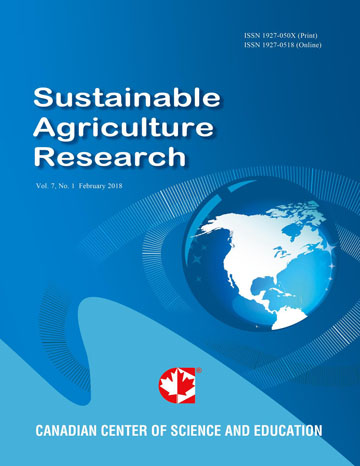Drought Monitoring in the Dry Zone of Myanmar using MODIS Derived NDVI and Satellite Derived CHIRPS Precipitation Data
- Rishiraj Dutta
Abstract
Drought has become an increasingly frequent phenomena around the globe causing negative impacts on ecosystems, agriculture, and socio-economic conditions. While efforts have been underway for developing effective monitoring and risk management measures, it still remains a challenge in countries like Myanmar where access to observed and near real time data is a constraint. This study therefore, tries to derive correlations between MODIS Normalized Difference Vegetation Index (NDVI) and Climate Hazards Group InfraRed Precipitation with Station (CHIRPS) data to see if some empirical relationships can be established. Statistical analysis showed that strong correlation (R² = 0.74 and 0.82) exist between NDVI and CHIRPS data indicating that vegetation stress conditions observed in the Dry Zone of Myanmar is due to insufficient precipitation conditions. The analysis also showed that the region had faced with three extreme conditions during the period from 1981-2015 with 2014 and 2015 being the extreme event. It further concluded that NDVI and CHIRPS could provide near real time information on vegetation stress situations of the Dry Zone of Myanmar.
- Full Text:
 PDF
PDF
- DOI:10.5539/sar.v7n2p46
Index
Contact
- Joan LeeEditorial Assistant
- sar@ccsenet.org
